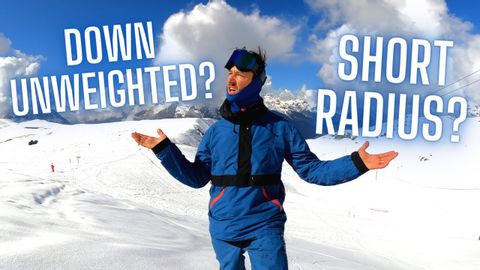在什麼情況下使用什麼轉彎方式? (單板滑雪技巧) (WHAT TURN TYPE FOR WHAT CONDITIONS??? (snowboarding tips))
niniba 發佈於 2024 年 08 月 30 日  沒有此條件下的單字
沒有此條件下的單字US /ɪˈsenʃəli/
・
UK /ɪˈsenʃəli/
- adv.本質上 ; 本來 ; 實質上;本質上;實際上
- adj.冒犯的,惡毒的;刻薄的;不友善的;下流的;猥褻的;危險的;嚴重的
US /ˈdɛmənˌstret/
・
UK /'demənstreɪt/
- v.t./i.顯示;表露;遊行;演示;證實; 展示
